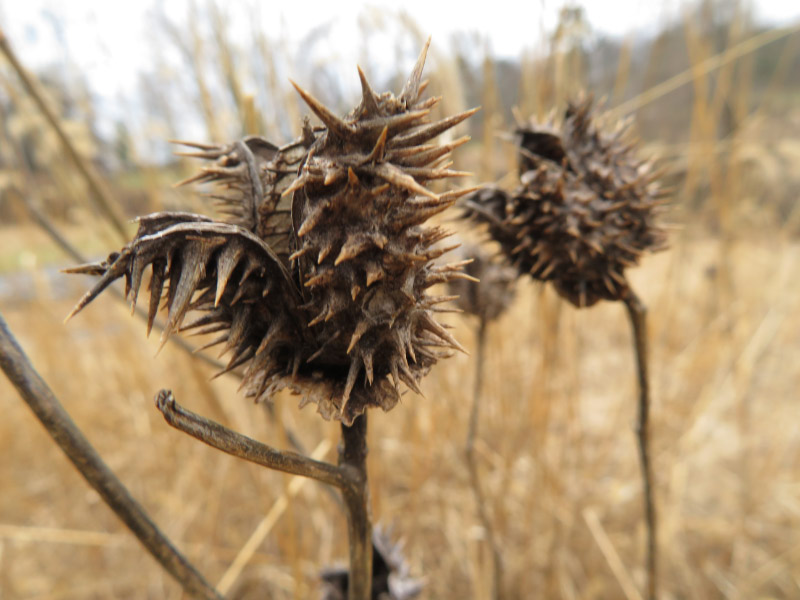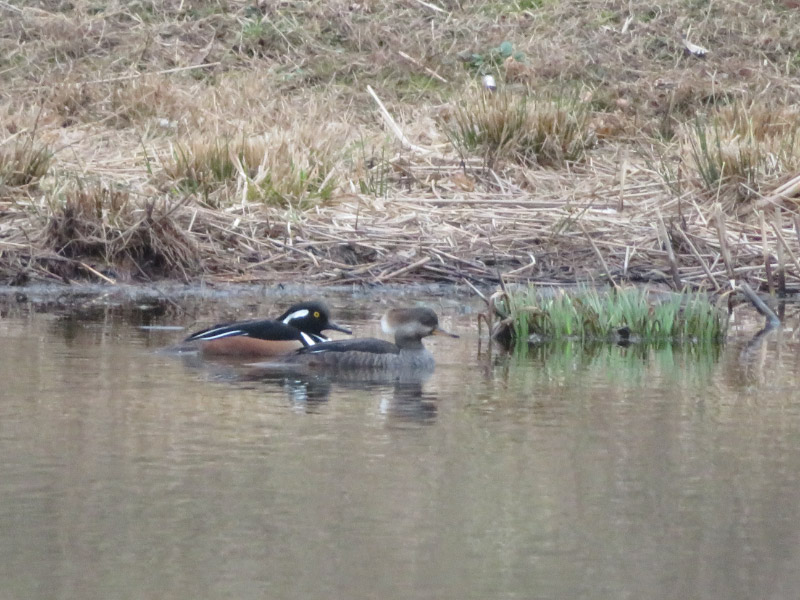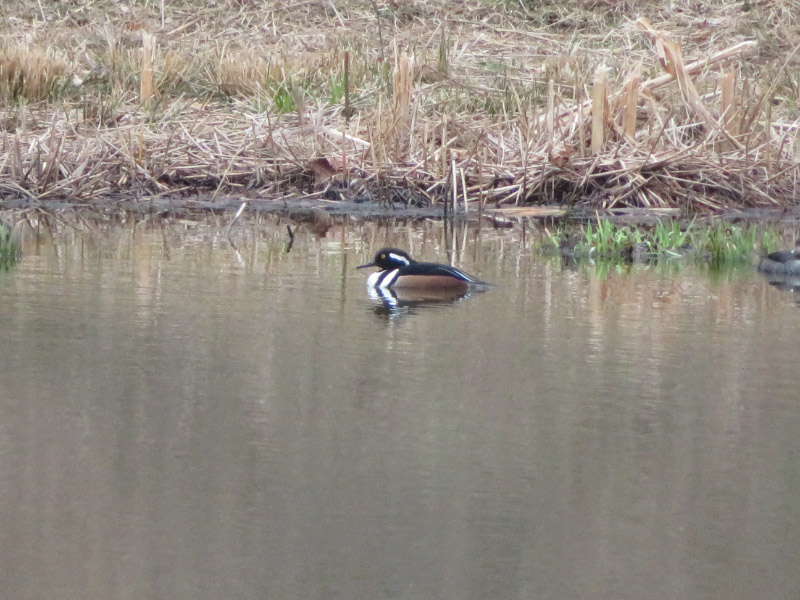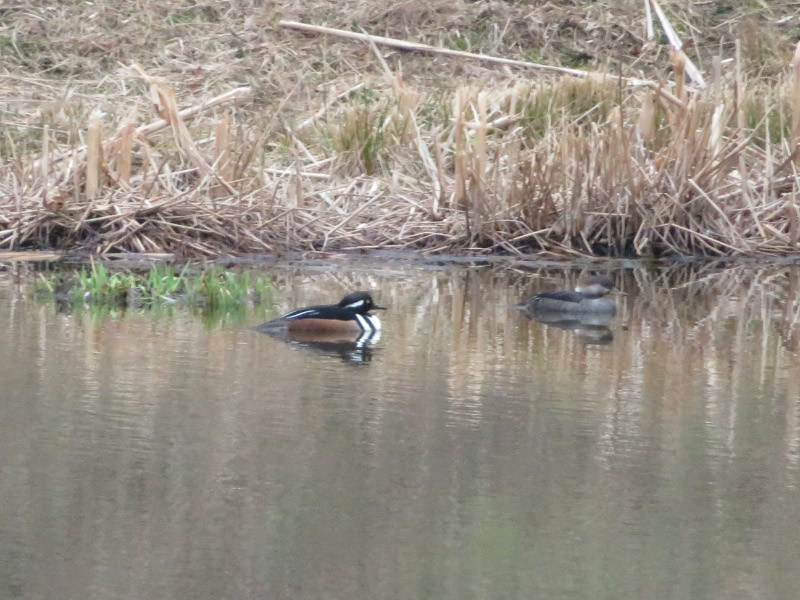Gleanings of the Week Ending December 14, 2019
/The items below were ‘the cream’ of the articles and websites I found this past week. Click on the light green text to look at the article.
The Two Genomes in Every Eukaryotic Cell | The Scientist Magazine® and Infographic: How the Mitochondrial and Nuclear Genomes Interact | The Scientist Magazine® - A lot has been discovered about mitochondrial DNA (and genetics) since I was in college in the 1970s!
Yellowstone's Wolves: Infusing Wildness into The Landscape – The story of wolves in Yellowstone over the past 25 years – the positive impact on the ecosystem as a whole
Sunlight-Tracking Polymer, Inspired by Sunflowers, Could Maximize Solar Power | Smart News | Smithsonian – Another way that solar panels can gain efficiency.
Springfield Plateau: Yellowjacket Nest – A yellowjacket tale from Springfield MO. I was surprised that ice was the treatment for a sting. I’ve always used baking soda with ice as the backup plan if there isn’t any baking soda available.
Why biodegradables won’t solve the plastic crisis - BBC Future – There are only pieces of a solution at this point….nothing comprehensive. It seems like the best strategy for at home is to reduce all single use plastic as much as possible. There are some easy things like reusable shopping and produce bags, but it becomes hard quickly. So many groceries and toiletries only come in plastic containers.
Remote Sensing Data Advances Soil Health Science – Cover crops and no-till practices were an advantage in record-breaking rainfalls of spring 2019.
How the House Finch Conquered Your Feeder…and A Continent – A little history of House Finches – originally from the southwest and Mexico…now in found widely across North America.
How the Aztecs could improve modern urban farming: Chinampas: An old technique might provide new solutions to sustainable urban agriculture -- ScienceDaily – The article made the multiple harvests per season seem feasible in tropical wetlands…not so much in the temperate zone where the artificial islands would go through a real winter although maybe it would just mean the use of cover crops during that time period.
Top 25 Wild Bird Photographs of the Week: December – Bird photography to enjoy!
Listening to Nature: The Emerging Field of Bioacoustics - Yale E360 – An up and coming technology for remote sensing of birds, insects, frogs and other animals.

































